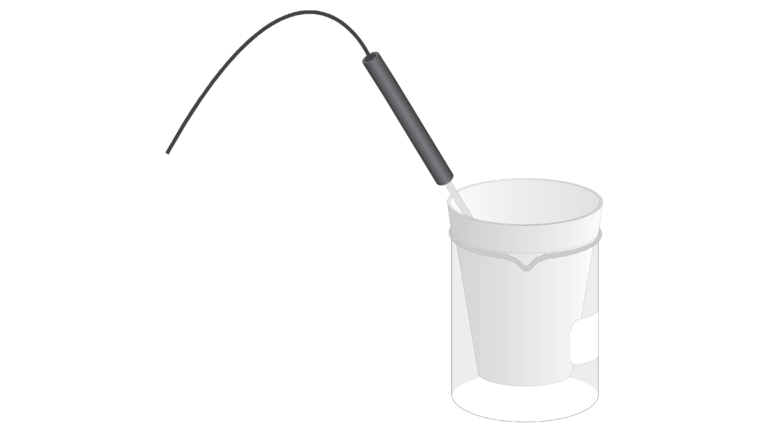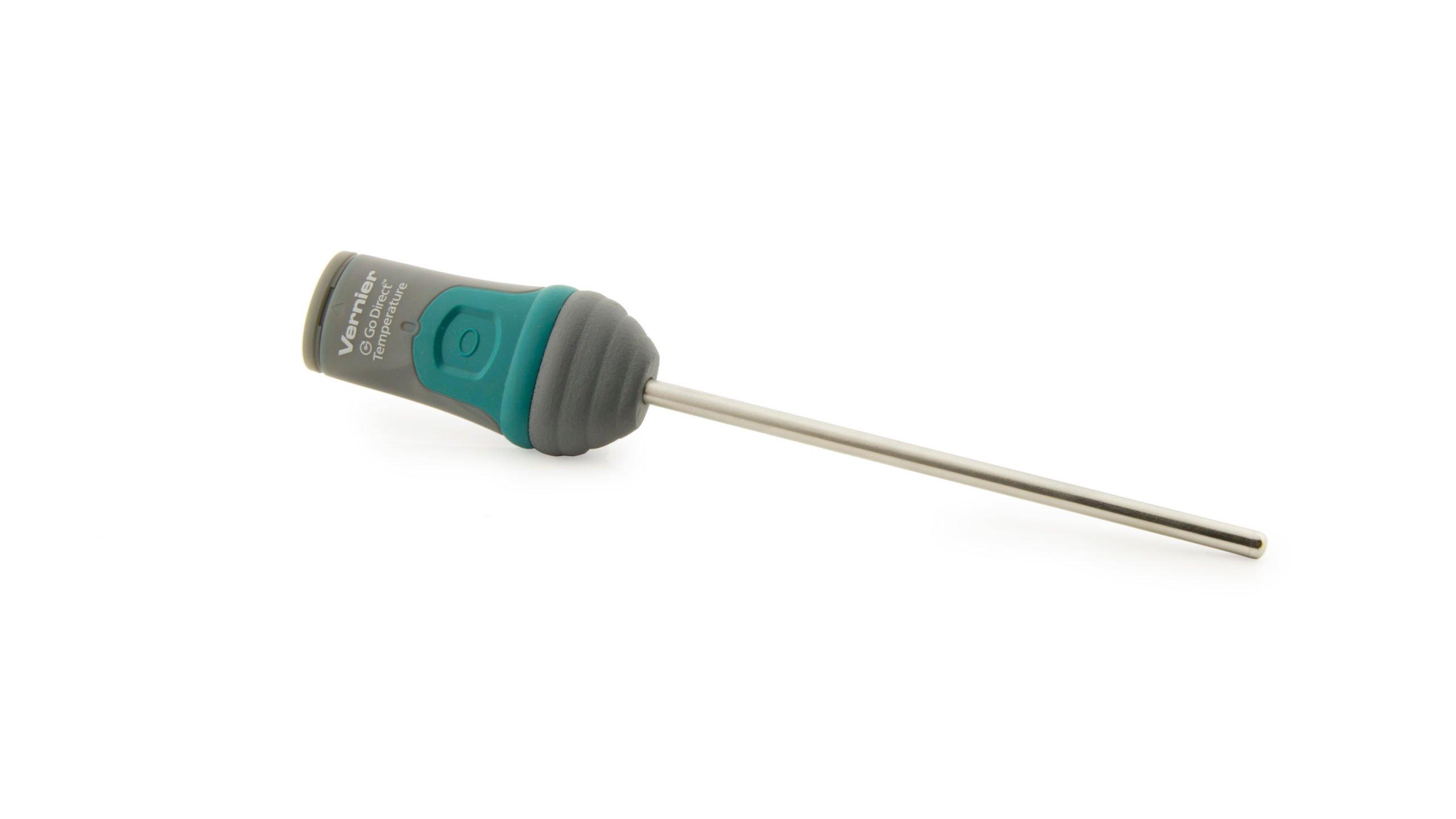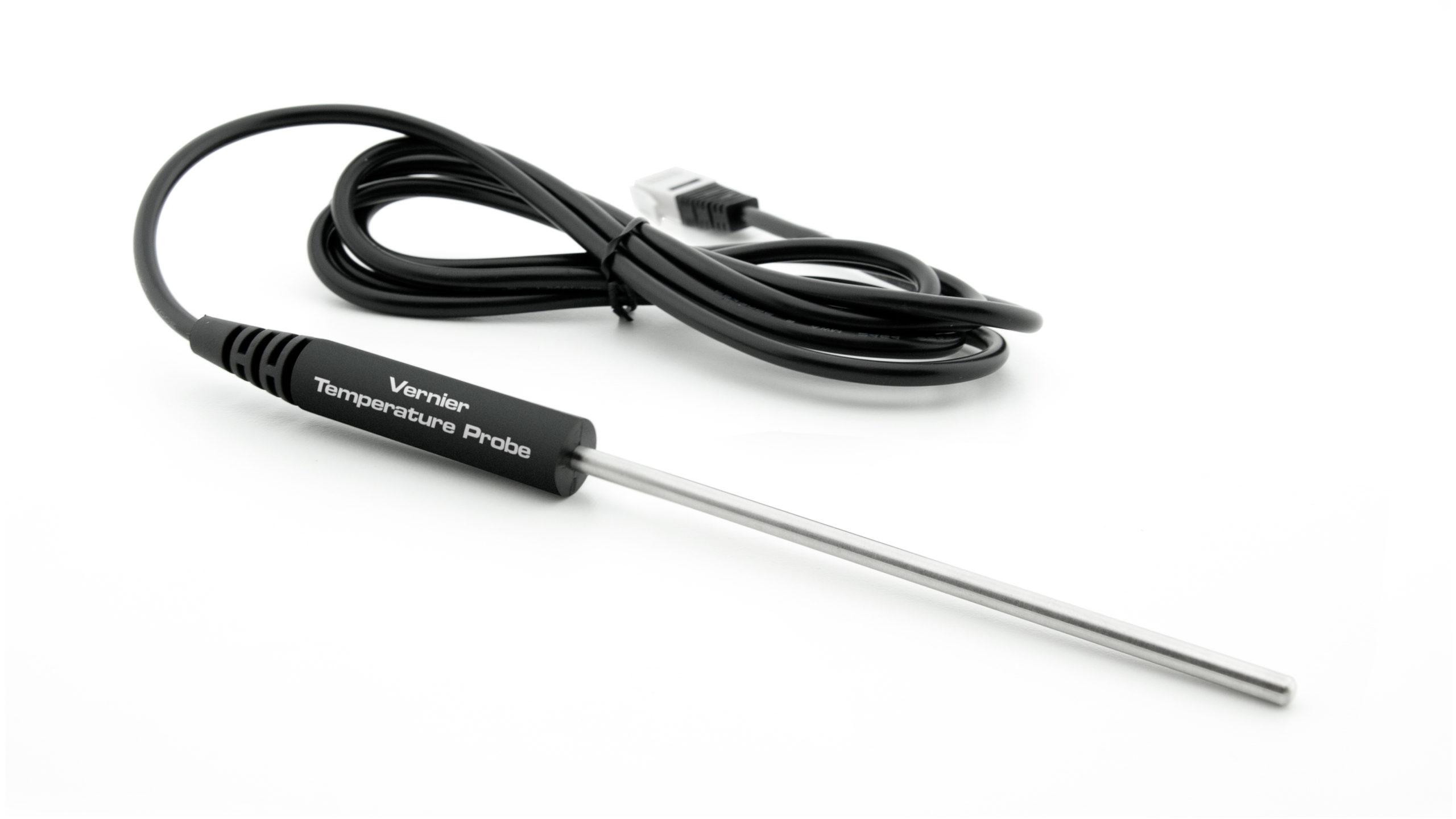Endothermic and Exothermic Reactions
Experiment #1 from Chemistry with Vernier
- Education Level
- High School
- Subject
- Chemistry

Introduction
Many chemical reactions give off energy. Chemical reactions that release energy are called exothermic reactions. Some chemical reactions absorb energy and are called endothermic reactions. You will study one exothermic and one endothermic reaction in this experiment.
In Part I, you will study the reaction between citric acid solution and baking soda. An equation for the reaction is:
In Part II, you will study the reaction between magnesium metal and hydrochloric acid. An equation for this reaction is:
Objectives
In this experiment, you will
- Study one exothermic and one endothermic reaction.
- Become familiar with using Logger Pro.
- Collect and display data on a graph.
Sensors and Equipment
This experiment features the following sensors and equipment. Additional equipment may be required.
Option 1

Correlations
Teaching to an educational standard? This experiment supports the standards below.
- International Baccalaureate (IB) 2025/Chemistry
- Reactivity 1.1.3—The relative stability of reactants and products determines whether reactions are endothermic or exothermic.
Ready to Experiment?
Ask an Expert
Get answers to your questions about how to teach this experiment with our support team.
- Call toll-free: 888-837-6437
- Chat with Us
- Email support@vernier.com
Purchase the Lab Book
This experiment is #1 of Chemistry with Vernier. The experiment in the book includes student instructions as well as instructor information for set up, helpful hints, and sample graphs and data.


